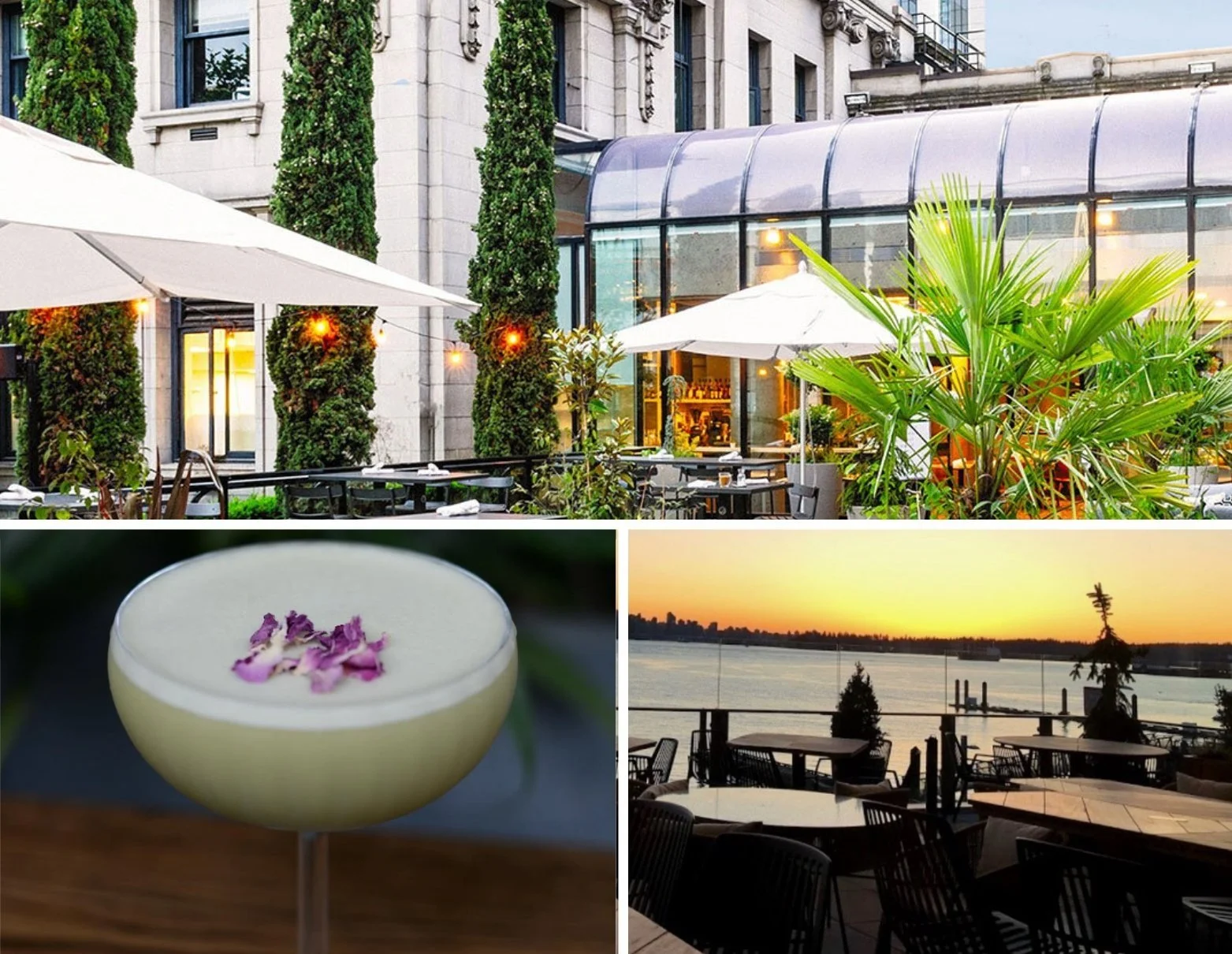From Argentina to the Okanagan, B.C. winemaker Leandro Nosal sees parallels between the two wine regions
The Mendoza native, now at Tinhorn Creek Vineyards, first learned about wine culture through his grandmother
Mendoza-born winemaker Leandro Nosal now calls Oliver, B.C. home. Photo by Wild Thistle Photography
As far back as he can remember, wine has been a part of Leandro Nosal’s life. Originally from Mendoza, Argentina, he comes from a family that has been making wine for generations.
“I grew up in a family where wine was at the table every day,” Nosal tells Stir. “My great grandparents owned vineyards and had wineries, and these businesses remain in the hands of our extended family today.
“If I had to say who introduced me to the wine culture, I would say it was my grandmother, with whom I would spend a lot of time with,” Nosal says. “She shared a lot of her stories about working in the vineyards, how they would prune the vines, and how she would help her dad to make wine. Her stories and folklore about wine were always very magical, and I felt that I wanted to continue with that tradition when I grew up.”
Nosal went on to pursue a degree in agricultural engineering from Universidad Nacional de Cuyo in Mendozo, the goal being to gain a solid understanding of things like soil, irrigation, and plant physiology. He earned a Master of Science in Viticulture and Oenology and was awarded the Erasmus Mundus Scholarship, a highly regarded honour given by the European Commission. Now, he’s the winemaker at Oliver’s Tinhorn Creek Vineyards. (It’s home to Miradoro Restaurant, widely considered one of the best restaurants not just in the Okanagan but in all of B.C.)
Even before he began pursuing wine professionally, Nosal was immersed in it.
“One of the special memories I have of making wine is when I made wine with some of my best friends in university,” Nosal says. “We were in our early 20s and we just knew we wanted to make wine. Now, we didn’t have any equipment, so there were a lot of things we had to do by hand, including de-stemming. That meant spending a lot of time together, working long hours, joking and laughing, and having a great time.
“This is an example of how wine is always about bringing people together, whether in the process of making the wine or sitting down with family and friends enjoying a glass of wine,” he says. “It is one of the things I love the most about this industry. We all work long hours and put all our lives into the wines we make, but it is also fun, special and a very unique experience.”
Prior to taking his current role, Nosal gained experience in and beyond Mendoza, one of the world’s wine capitals, in places like Marlborough, New Zealand; California; and Ontario. In B.C., he studied with Mission Hill Family Estates, among others. He describes the Southern Okanagan as one of the most promising wine regions in North America. His first visit to B.C. was in the summer of 2011: “I have to say it felt like home,” he says.
Although Mendoza doesn’t have big lakes like the Okanagan, the B.C. region’s desert vibe, the heat of the sun, and the taste of the wines made it clear to him that he had found a place he wanted to plant roots.
Mendoza, he says, is a good example of how ambition and hard work can turn a challenging situation into an opportunity. Situated in an arid desert region at the foothills of the Andes (where the Aconcagua, the world’s highest peak outside Asia, lies), it is recognized globally for its lush urban canopy and forest that make for a unique microclimate.
“The urban forest is fed by an enormous urban canal system called acequias that was created based on innovation from early settlers in Mendoza,” Nosal says. “They recognized the benefits and challenges of the strong Mendocino sun and quickly understood that there was a great way to improve the quality of life of its residents, and it was with Mother Nature’s help. This included the planting of trees and channeling water from the Andes Mountains through the intricate canals that make up a network throughout the city. All this was developed many years ago, before drip irrigation was invented. As the city has continued growing, it has kept this passion for working with the benefits of Mother Nature’s trees and water.”
It’s never been more important to heed the signs of Mother Earth, he notes: “As with many beautiful things that we have in this world, wine and the culture of wine are suffering due to climate change, and we all need to do our best to protect our planet.”
Wine culture has always fascinated him, and he sees winemaking as both an art and a science. “There is a lot of science that helps us understand what happens with each practice we use in the vineyards or at the winery. At the same time, there is an art when you are deciding when to pick, what vessels to use, how to blend a wine, and so on.
“It can be quite complex,” he adds, “but at the same time, wine can be simple and relatable for anyone.”
The way Nosal sees things, good wine starts in the vineyards, and the less intervention he has in making it, the better. “It is mother nature and working with the vines that will produce the fruit that is the foundation of a good wine,” he says. “This means that there is a lot of attention that needs to be paid to what is happening on the vine. Once the fruit arrives at the winery, as a winemaker my intervention should focus on protecting the quality of the fruit. If there are no flavours, aromas, or balance in the grapes, I cannot add that later in the cellar.
“All this goes in line to connecting the wine to the land, to the terroir of the vineyard,” he says. “I have to be careful that with my interventions I don’t end up erasing all those distinctive attributes of a wine that come from the uniqueness of each terroir.”
Nosal describes the Southern Okanagan as one of the most promising wine regions of North America. He can’t divulge what’s next for Tinhorn Creek, but he hints at new wines and the use of different vessels to come. He’s inspired by innovations happening around the globe, such as wines being produced with nearly lost varieties or vessels that are completely different from those of classic winemaking.
“Even though there is a way longer tradition in winemaking in Argentina, I see in both BC and Argentina a pride for what is being done,” Nosal says. “I hear many British Columbians speak very fondly about the B.C. wines. I guess like in Argentina, wine is becoming part of who we are here in BC.”
Tinhorn Creek Vineyards. Photo by Tinhorn Creek Vineyards.














